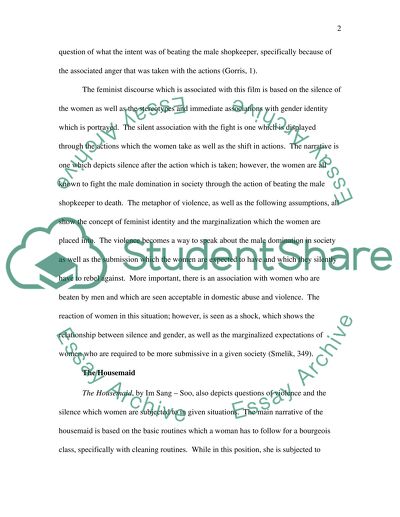Cite this document
(The Representation of Gender in Film Movie Review, n.d.)
The Representation of Gender in Film Movie Review. Retrieved from https://studentshare.org/culture/1573717-genderglobal-cinema
The Representation of Gender in Film Movie Review. Retrieved from https://studentshare.org/culture/1573717-genderglobal-cinema
(The Representation of Gender in Film Movie Review)
The Representation of Gender in Film Movie Review. https://studentshare.org/culture/1573717-genderglobal-cinema.
The Representation of Gender in Film Movie Review. https://studentshare.org/culture/1573717-genderglobal-cinema.
“The Representation of Gender in Film Movie Review”. https://studentshare.org/culture/1573717-genderglobal-cinema.


